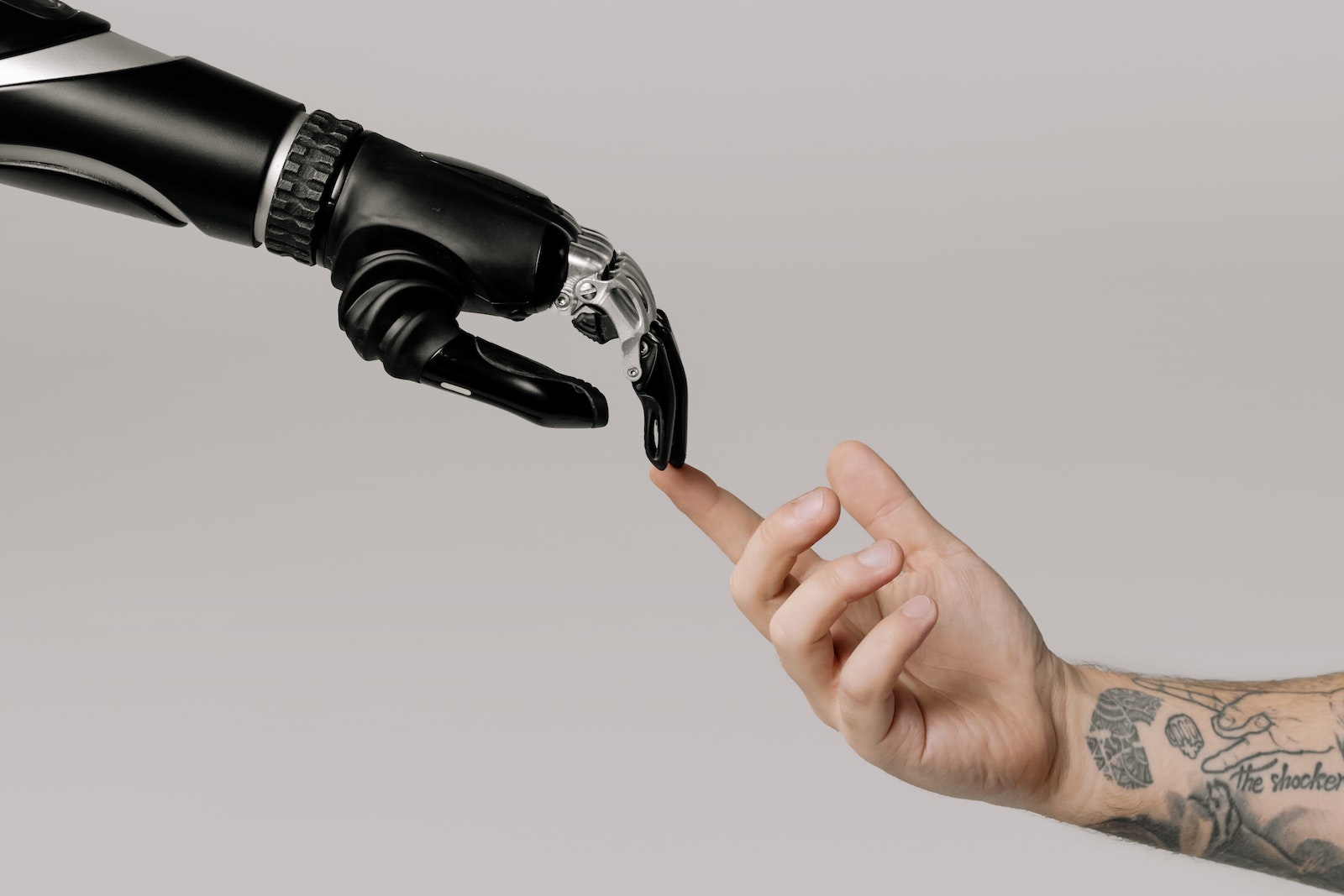There’s no question about it, for a large part of the world, Google is the search engine of choice. We have even turned it into a verb: To Google – I Google, you Google…you get the idea? We use Google as the modern day unlimited encyclopaedia or guru, to provide good solid answers to almost any question. We even ask it to translate for us.
If you ask Google to translate something into French, many people think the little box that appears at the top of the search results, is machine translation. Even to a non-fluent French speaker, it’s clear the results it produces are inaccurate. Ever tried to translate a German email into English? Sometimes you struggle to understand the meaning of the text when Google displays it in your native tongue.
And herein lies the problem with ‘Google Translate’ and others like it which have given machine translation a bad name. We trust Google since it’s one of the biggest search engines in the world. This means we think that ‘Google Translate’ must be the best machine translation available today. It’s most definitely not.
While ‘Google Translate’ and other free automatic translation tools such as Bing and Reverso are most definitely machine translation, they are designed as information only providers for shorter texts. They use statistical analysis to translate the content given and therefore are notorious for turning out nonsense. They do not learn, and are not the powerful, sophisticated, customisable machine translation systems that are now being utilised by corporates and forward thinking translation agencies alike.
A note about SEO.
’Google Translate’ can produce inaccurate translations. It can also harm your SEO (Search Engine Optimisation) because search engines will read your content as computer-generated, thus pushing your content further down the search engine results list. Not desirable for most businesses! However, what most people don’t realise is that it is against Google-Webmaster guidelines to use machine translation for website content as it isn’t deemed to be of sufficient quality. Enough said!
Enter “customised machine translation”
In short, customised machine translation is sophisticated machine translation software capable of providing a far more accurate translation than ‘Google Translate’ or others like it. The software is essentially “trained” for your specific industry, such that over time its translations become more accurate, meaning that you will increasingly save both money and time. This ‘training’ can be done by feeding your translated content back into the system once it has been edited.
Customised machine translation has many uses and is particularly useful for things like translating the repetitive content of user manuals. It is also great for any content that requires ‘real-time’ translation, such as a website reporting news about the stock market.
Are there any limitations?
Machine translation will always have its limitations because translating from one language to another is not just a simple matter of swapping like for like words and sentences. (If only it were that easy). Languages are full of nuances and cultural differences, all of which would be very difficult to programme into a machine.
If you wanted to translate your company flyer, for example – or in fact anything with any kind of ‘creative content’ – machine translation would probably not be the best option. Human translators can play with words and sentences in different languages, taking into account cultural influences, in a way that machines just can’t do.
Machine translation with human post-editing is a very good option.
Machine translation is best when used in conjunction with human translators. Machine translation allows you to translate a large amount of text with relative ease – saving you both time and money when compared to solely hiring human translators. However, machine translation with professional (human!) translators editing and proofreading the results (MT with human-post-editing), is an ideal method of translating high volume projects with budgets in mind.
Remember Google Translate is not sophisticated MT (Machine Translation).
‘Google Translate’ is by no means the ‘model’ on which to base your opinion of machine translation. Machine translation, usually used in conjunction with human translators, can produce accurate translations of your content at a fraction of the cost and time of human translators alone. Customised machine translation that you can ‘train’ means that your content produced by machine translation is constantly improving and becoming more accurate – meaning that, over time, you’ll spend less and less money on translation.
Owing to the popularity of Google and the sometimes inaccurate translations it produces, ‘Google Translate’ has given machine translation a thoroughly undeserved reputation.







